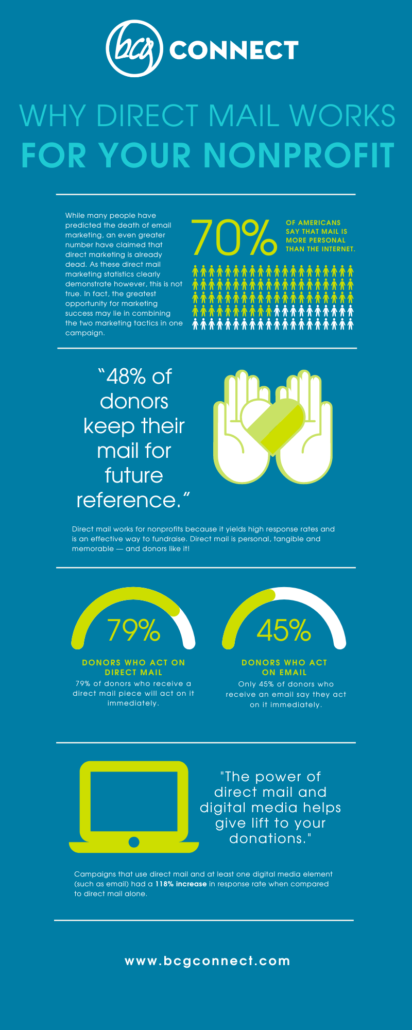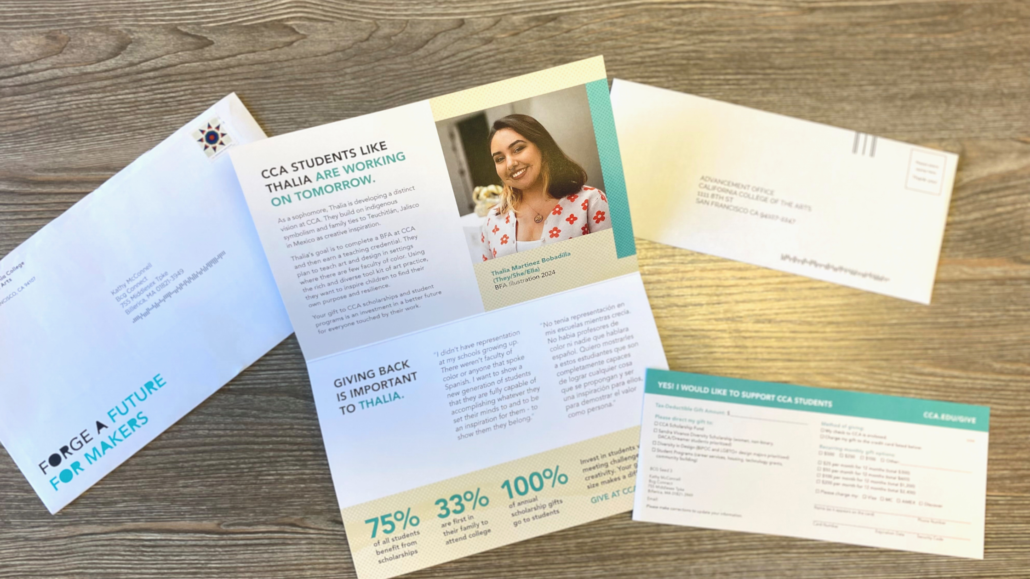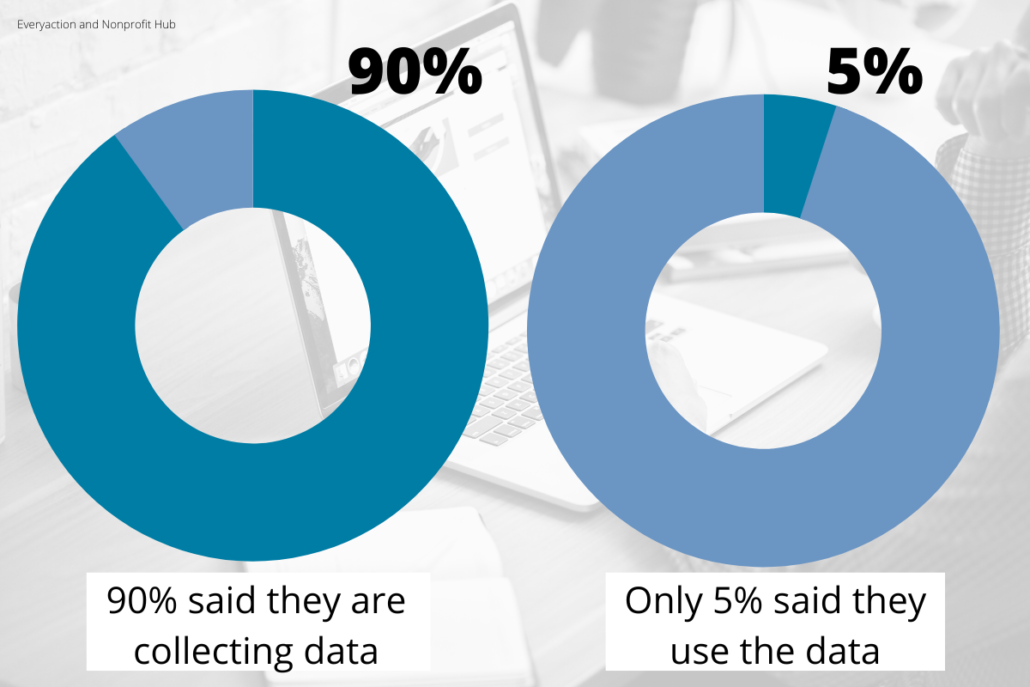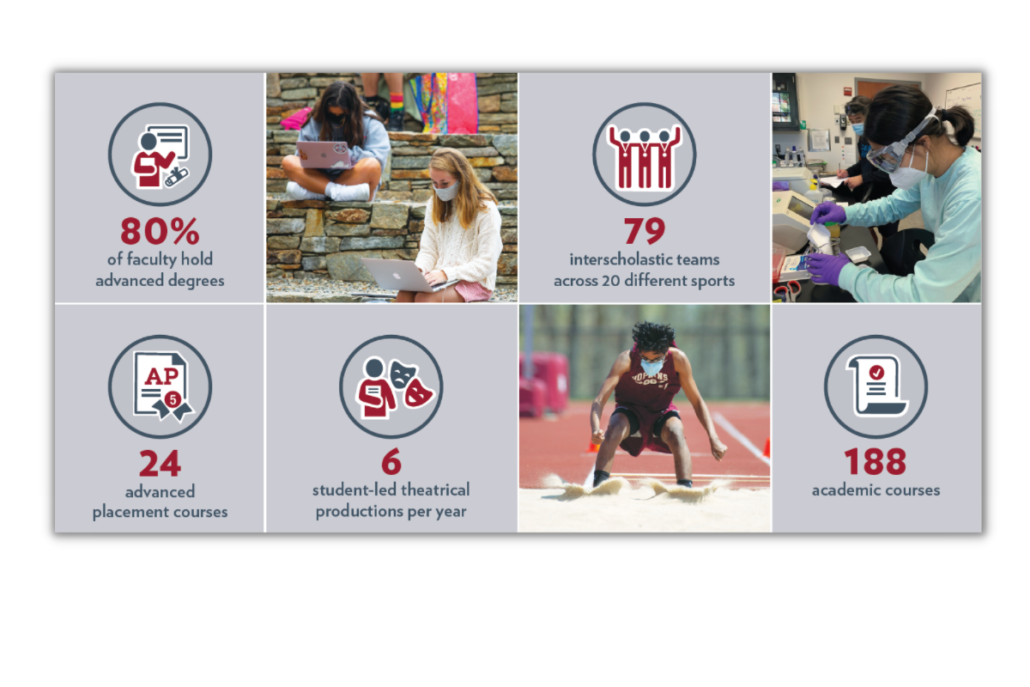A look at how BCG Connect and Friends of the Children-Boston go forward together
There is a famous African proverb that says, “if you want to go fast, go alone, but if you want to go far, go together.” Nonprofit organizations work to address some of the most pressing and complicated challenges of our time. Creating partnerships with trusted organizations and peers can help organizations go further and have a more lasting, sustainable impact.
One organization that exemplifies the concept of going further together is Friends of the Children – Boston (Friends-Boston). BCG Connect has partnered with Friends-Boston since 2016, collaborating on many projects including appeals, impact reports and other collateral, and events such as its annual Friend Raiser. Founded in 2004, Friends-Boston is one of the oldest affiliates of the National Friends of the Children organization. Friends-Boston creates generational change by empowering youth who are facing the greatest obstacles through relationships with professional mentors for 12+ years, no matter what. These youth, known as “Achievers” work with their mentors on core assets key to social and emotional development.
How Friends-Boston Makes an Impact
What makes Friends-Boston unique is its Two-Generation approach to strengthening families, creating a change that will be felt in the community for generations to come. Now in its 20th anniversary year, that impact is already being felt. Data collected shows that 98% of Achievers graduate to the next grade level and 100% have avoided incarceration. Additionally, 80% of alumni are either pursuing college degrees or have attained employment. Friends-Boston currently works with 144 of Boston’s most vulnerable children (along with 400+ of their siblings and caregivers) and is amid a five-year strategic growth plan that will expand its reach within the region and double the number of Achievers served.
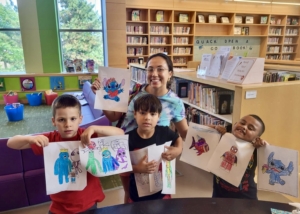
The Important Role of Partnership
Creating such an impact cannot happen in a silo. Partnerships are at the core of the organization. As Jason Lang, Co-Founder of Doodle Consulting and key collaborator for Friends-Boston said in a recent conversation, “for Friends-Boston, partnerships are all about finding the people and organizations who share the vision of giving every child and family the resources and opportunities they need to achieve their goals.” Partnerships with community organizations and local businesses have opened doors for Achievers that might not have been available otherwise, for example, an internship opportunity at a board member’s former place of work. “True partnership”, Lang continued, “is finding people and organizations who not only share the mission and vision but who also want to walk together to be a part of the work in a big way.”
The relationship between BCG Connect with Friends-Boston developed organically out of a deep belief in the Friends-Boston mission, and an eagerness to help. Implementing programs, meeting with donors, and evaluating impact are all critical components of the work of a nonprofit professional. As are tasks like writing newsletters, creating email campaigns, and assembling appeals. With so many responsibilities, it can be challenging to accomplish everything, so BCG Connect works with its partners to take some of those tasks off their plates, so they can focus on other priorities.
According to Chris O’Keefe, a BCG Connect Account Manager, “we aim to be more than just another vendor; we take a more passionate approach.” O’Keefe works closely with the Friends-Boston team throughout the year and has been involved in its projects since the beginning of the partnership. “We’re focused on creating personal connections. BCG Connect is an extension of your office. You have us as your back up”, he continues. “Accessibility is also key. With work that is constantly changing, being able to hop on a call or make a last-minute addition to a program can be critical. Ultimately, strong partnerships come down to building trust.”
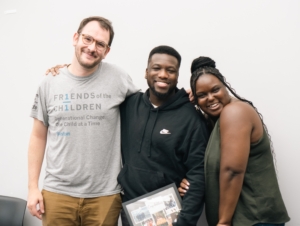
Partnership Equals Trust
People play a big part in creating that trust, but so does an organization’s experience. BCG Connect is unique in that it focuses specifically on helping fundraising organizations improve their direct marketing programs. “Working alongside many nonprofits,” adds O’Keefe, “we have a 30,000-foot view of the sector and can bring that perspective to our partners. We really focus on getting to know them on a personal level and sharing our knowledge. That rapport deepens the sense of trust.”
It is that trust that leads to better collaboration and an overall work product you can be proud of. As Jason Lang reminded us: “When you’re in a creative process and you have the opportunity to collaborate, what you create together is so much better than what any one person could do. It makes a tremendous difference when you can find a partner who can take some of the weight off so you can focus on the bigger picture.”
Developing strong, trust-based partnerships enable organizations like Friends-Boston to focus more on their missions. Stacy DellOrfano, the Director of Development for Friends-Boston, added her support: “having that partnership, in every sense of the term, with BCG Connect has been amazing. The team is so supportive in finding the best ways to communicate with our donors and community. It’s more than the substantial services they provide to us at Friends-Boston, it’s the feeling that we are part of a team of people who care. We could not ask for a better partner to share our story.” BCG Connect is grateful to be a small part of the change that organizations like Friends-Boston make in their communities.

